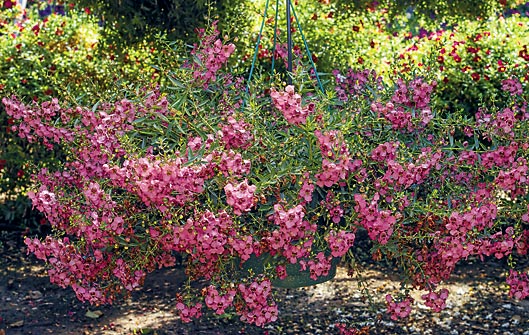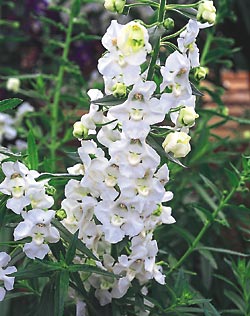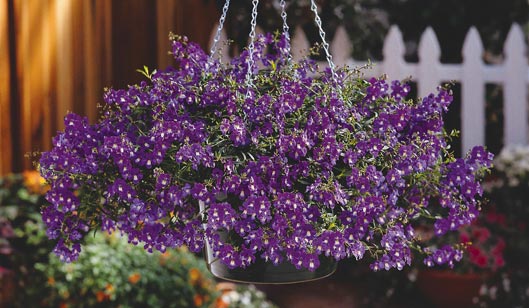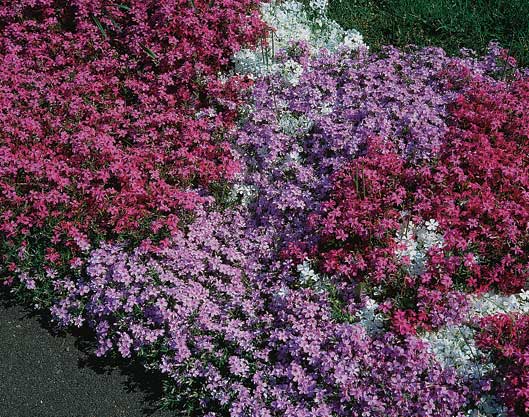I bought an iris that I understood was a repeat bloomer. Unfortunately, there wasn’t a second set of blooms. Are there indeed iris that do have another bloom in late summer or fall? Are either the bearded or beardless types better for repeat blooming?
The iris is a wonderful and beautiful plant that graces many perennial borders. The bold, exquisite colors of the flowers and the magnificent texture of the foliage make the iris a staple in many gardens. The early-blooming varieties are some of the first splashes of color seen in spring and are much appreciated after a long, Michigan winter! Adding a repeat-blooming variety to your garden gives you a fresh taste of spring as it blooms in May and, when it blooms in the fall, also serves as a reminder that it will be back to delight you next season. The most common repeat-bloomers are indeed the German bearded varieties. “Enchanted One” and “Immortality” are two varieties that will rebloom in the fall. “Autumn Sunset” and “Kansas Inglesides” are potential rebloomers, although not as reliable as the two aforementioned varieties. Some dwarf irises will rebloom in the fall as well. “Eleanor Roosevelt,” “Sangreal” and “White Autumn King” are three wonderful selections.





